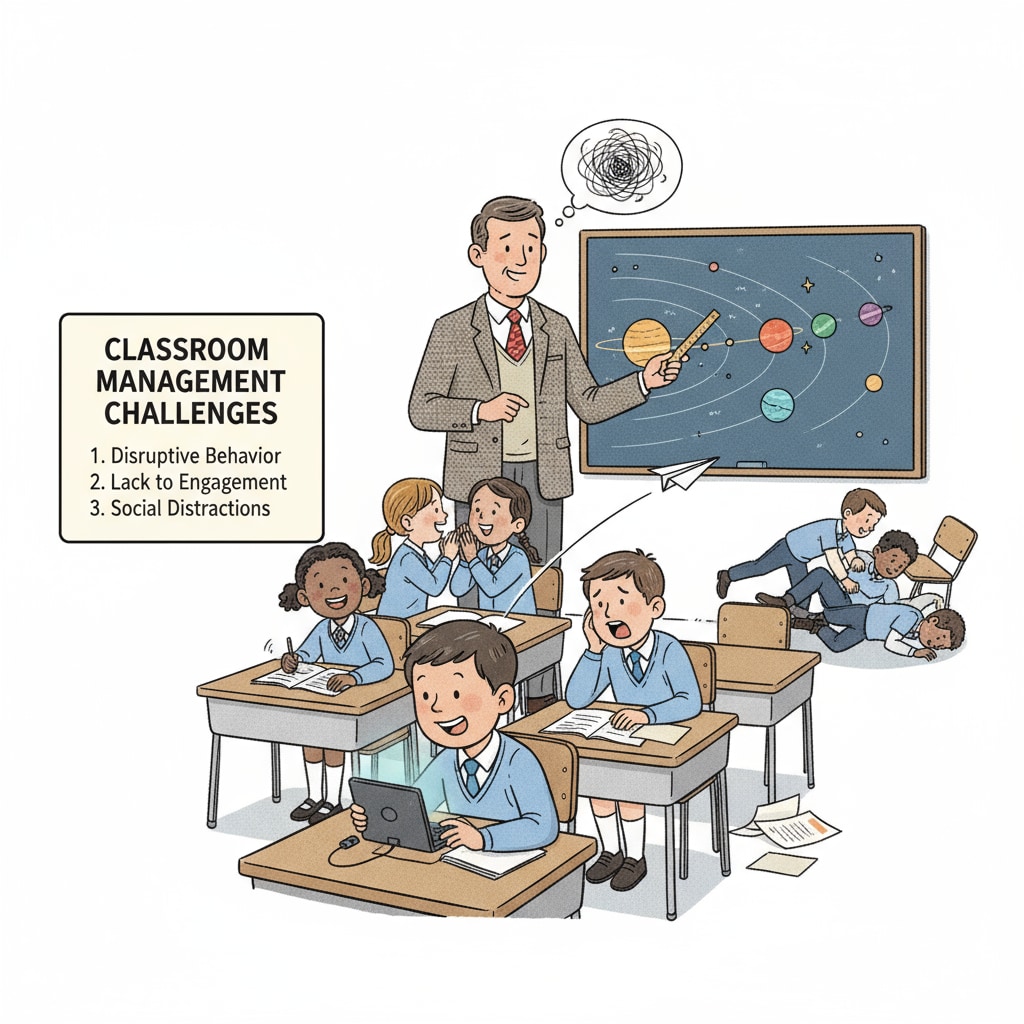The contemporary K12 education system is built on the premise of compulsory learning, which is deeply intertwined with school systems and educational policies. However, it faces an insurmountable contradiction: while we can enforce students’ attendance, we cannot force them to learn. This fundamental flaw has far-reaching consequences that permeate every aspect of education.

The Decline of Educational Quality
One of the most significant impacts of this flaw is the decline in educational quality. When learning is compulsory rather than voluntary, students may be physically present in the classroom but mentally disengaged. As a result, they are less likely to absorb knowledge effectively. For instance, a study by the National Education Association shows that students who lack genuine motivation often perform poorly in exams and struggle to apply what they’ve learned in real-life situations. This lack of engagement can be attributed to the forced nature of learning, which fails to ignite students’ curiosity and passion for knowledge.
Challenges in Classroom Management
Moreover, the compulsory aspect of learning creates numerous challenges in classroom management. Teachers are faced with the difficult task of trying to control uninterested students. With students who are not intrinsically motivated to learn, disruptions in the classroom are more likely to occur. According to ASCD, many educators struggle to maintain order and keep students focused during lessons. This not only affects the learning experience of the unruly students but also distracts those who are genuinely interested in learning.

The cycle of declining educational quality and challenging classroom management further leads to a loss of learning motivation. When students are constantly in an environment where they feel forced to learn and where the quality of education is subpar, their enthusiasm for learning diminishes. This creates a vicious cycle that is difficult to break, as the lack of motivation further exacerbates the problems in the education system.
Readability guidance: As seen above, we’ve used short paragraphs to clearly present ideas. For example, under each H2 heading, we’ve provided key points. We’ve also controlled the use of passive语态 and kept the sentence length within a reasonable range. Throughout the article, transition words like “however”, “moreover”, and “as a result” have been used to enhance the flow of the content.


